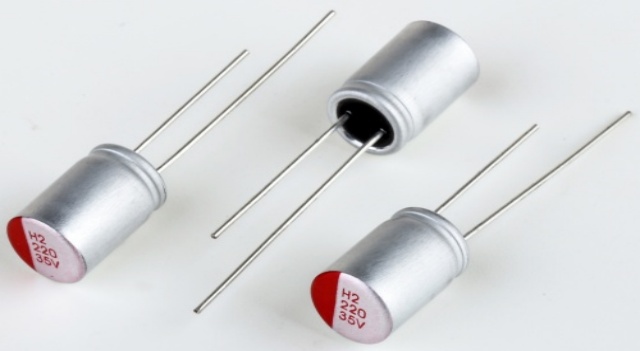Unveiling the Magic: How Energy Is Stored in a Capacitor
Apr 08, 2024
Capacitors are fascinating components in the world of electronics, playing a crucial role in storing and releasing electrical energy. Yet, for many, the inner workings of capacitors remain a mystery. This post will demystify the process and explore how energy is stored in a capacitor, shedding light on this fundamental concept in electronics.
Understanding Capacitors.
Before delving into how energy is stored, let's briefly understand what capacitors are. A capacitor is an electronic component that consists of two conductive plates separated by a dielectric material. When a voltage is applied across the plates, an electric field is created, allowing the capacitor to store electrical energy in the form of electrostatic charge.
The Process of Energy Storage.
The process of storing energy in a capacitor is relatively simple yet fascinating. It occurs in several distinct steps.
1. Charging the Capacitor
To store energy in a capacitor, it must first be charged. This is achieved by applying a voltage across the plates of the capacitor, causing electrons to accumulate on one plate while an equal number of electrons are drawn away from the other plate. This creates an electric field between the plates, with one plate positively charged and the other negatively charged.
2. Building up Electrostatic Energy
As the capacitor continues to charge, the electric field between the plates becomes stronger, and the potential energy stored in the capacitor increases. This potential energy is stored in the form of electrostatic energy, which is proportional to the square of the voltage across the capacitor and the capacitance of the capacitor itself.
3. Storing Electrical Energy
The accumulated charge on the capacitor creates an electric potential difference, or voltage, between the plates. This voltage represents the stored electrical energy in the capacitor. The capacitor acts as a reservoir, holding onto this energy until it is needed.
4. Release of Stored Energy
When the capacitor is connected to a circuit or load, the stored energy can be released and used to power the device or perform electrical work. The capacitor discharges, allowing the stored charge to flow through the circuit, providing a burst of electrical energy to the load.
In conclusion, energy storage in a capacitor is a fascinating process that relies on the principles of electrostatics and electric fields. Capacitors are truly indispensable components in the world of electronics, enabling innovation and powering our modern technological advancements.

